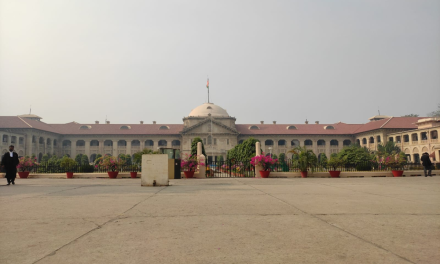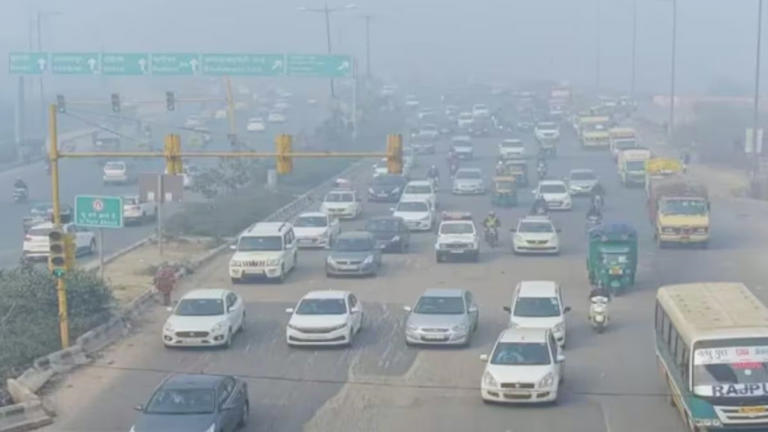Delhi NCR & Northern States Urged to Crack Down on Old Vehicles to Combat Air Pollution
With Delhi NCR & northern India grappling with hazardous air quality levels, the Commission for Air Quality Management (CAQM) has issued an urgent advisory to the governments of Delhi, Uttar Pradesh, Haryana, and Rajasthan. The advisory calls for stringent action against End-of-Life (EoL) vehicles that continue to operate despite their significant contribution to air pollution in the region.
This directive aligns with rulings from the National Green Tribunal (NGT) and the Supreme Court, underscoring the necessity for immediate and comprehensive measures to address the environmental impact of outdated vehicles.
Old Vehicles: A Major Contributor to Pollution
EoL vehicles, particularly those adhering to outdated BS-II and BS-III emission standards, are banned from operating in Delhi-NCR due to their high pollution levels. However, enforcement has been inconsistent across states, leading to minimal progress in addressing the issue.
According to CAQM data, Delhi alone accounts for more than half of the outdated vehicles in the region, with 60,140 such vehicles registered. Despite the gravity of the problem, Delhi authorities managed to impound only 2,310 over-aged vehicles by September 2024, a significant drop from 22,397 vehicles impounded in 2023.
State-Wise Enforcement Trends
In contrast, Haryana has shown commendable improvement in enforcement efforts. The state impounded 2,496 vehicles in 2024, a sharp increase from 220 in 2023. This proactive approach sets an example for other states in the region.
Uttar Pradesh, however, has struggled to make substantial progress. With over 12,38,788 EoL vehicles registered, the state impounded just 631 vehicles in 2024, a sharp decline from 3,058 in 2023. Rajasthan also reported limited progress, with 574 vehicles impounded in 2024 compared to 389 in the previous year. The state is home to 6,06,926 over-aged vehicles, contributing significantly to the region’s air pollution crisis.
Innovative Solutions to Address the Crisis
The CAQM has proposed leveraging technology to enhance enforcement. One notable solution is the deployment of Automated Number Plate Recognition (ANPR) camera systems at fuel stations. Integrated with the National Vehicle Registration System (VAHAN), these systems will help identify non-compliant vehicles and deny them access to fuel.
This technological intervention, coupled with the impounding and scrapping of old vehicles under the 2021 Registered Vehicle Scrapping Facility (RVSF) Rules, could pave the way for significant improvements in air quality.
The CAQM has also emphasized the need for robust legal measures, urging state authorities to expedite the identification and removal of EoL vehicles. Monthly progress reports have been mandated to ensure accountability and track the effectiveness of these measures.
A Call for Unified Action
Air pollution in northern India is a pressing public health crisis, and the CAQM’s directives highlight the urgent need for collaborative action. Stricter enforcement, technological innovation, and public accountability are essential to reducing pollution from the transport sector.
With these measures in place, the region can take a significant step towards improving air quality, protecting public health, and mitigating the environmental impact of outdated vehicles.




